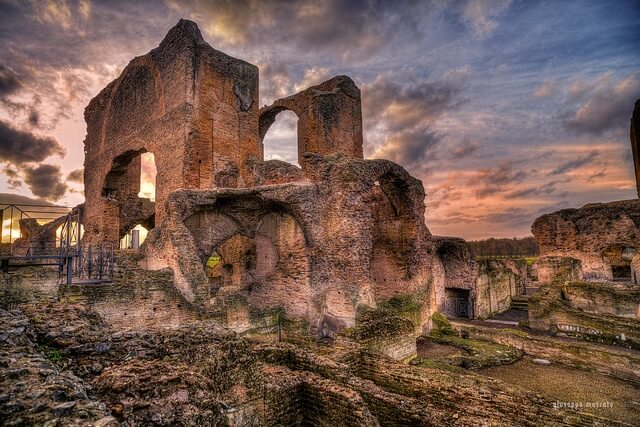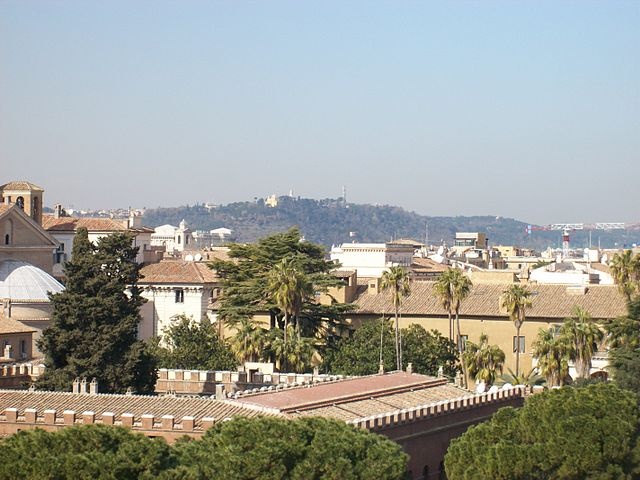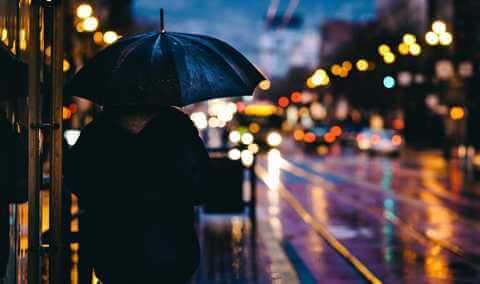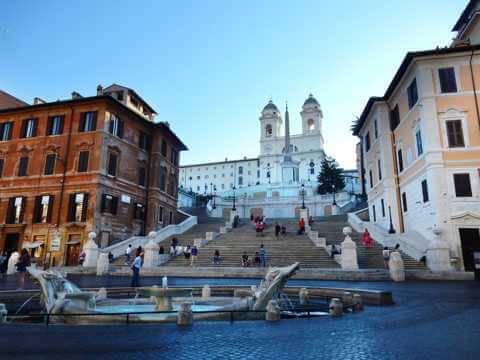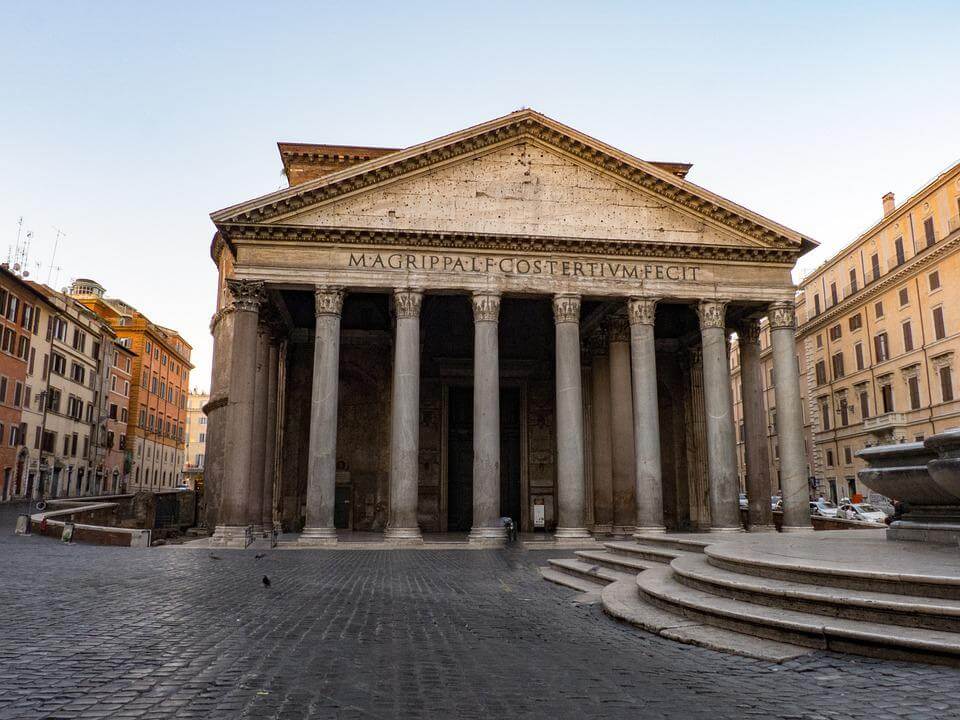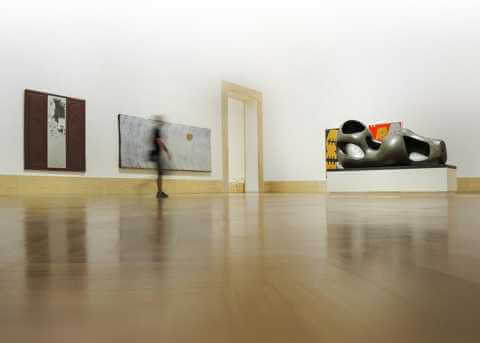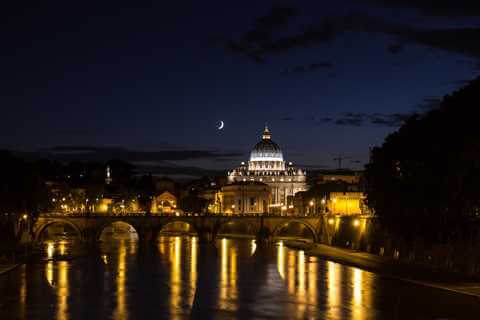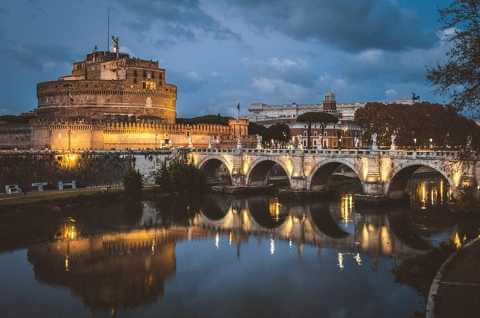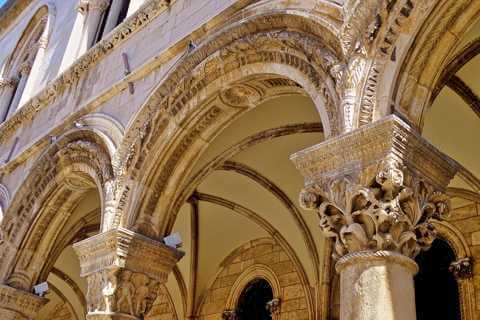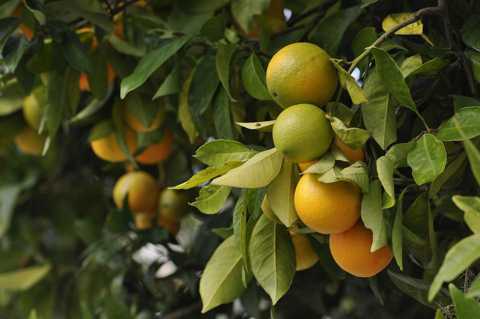Villa dei Quintili between charm and history
Villa dei Quintili in Rome is a splendid monumental archaeological complex located on one of the Roman consular roads, Via Appia, nestled in the Roman countryside just outside the city chaos, originating from a lava flow from the nearby ancient Vulcano Laziale.
You should know that the name of the villa derived from its original owners, the Quintili brothers (Condiano and Sextus Valerius Maximus). Their names were found engraved on ancient pipes (fistulae aquariae): they were very wealthy consuls from Asia, as well as cultured and peace-loving men.
That is why they built this villa together, which spreads over 1000 hectares of land and continues to unveil more and more fascinating and revealing artefacts and environments from the life of the ancient Romans, but also of the owners, who succeeded one another over the centuries. It also passed under the ownership of the Church, then to the Torlonia family and finally to the State in 1986.
The Emperor Commodus and the Villa of the Quintili
In 181 AD the Emperor Commodus, known for his wickedness and perversion, accused them of conspiracy and had them killed by strangulation, in order to take possession of this villa surrounded by greenery and equipped with baths (calidarium, frigidarium and tepidarium), a hippodrome that was also a large garden, a theatre, a large nymphaeum and residential rooms, on the Via Appia Antica, which was the entrance richly decorated with marble, bricks, statues, mosaics and a large fountain.
Just the beauty of these environments attracted the emperor Commodus, who is said to have been so fond of the baths that he bathed several times a day in the company of maids and young boys.
The villa was so large that Commodus himself, when a rebellion of the people over famine reached the residence, did not hear the shouting. When he realised this, he had his commander of the guard killed, handing him over to the mob who dragged him through the streets of Rome, and he blissfully continued his 'otium'.
Villa dei Quintili today
Villa dei Quintili in Rome is now a destination for tourists accompanied by guided tours who can admire the ancient rooms in all their beauty, some in a fairly good state of preservation. It is open all year round with summer and winter opening hours and closed only three days a year (Christmas, 1 January, 1 May).
To visit it use the metro A Colli Albani and bus 664, or by car take Via Appia Nuova, 1092. You can purchase a ticket for the archaeological area, which also includes visits to the Baths of Caracalla and the Mausoleum of Cecilia Metella and is valid for 7 days.

